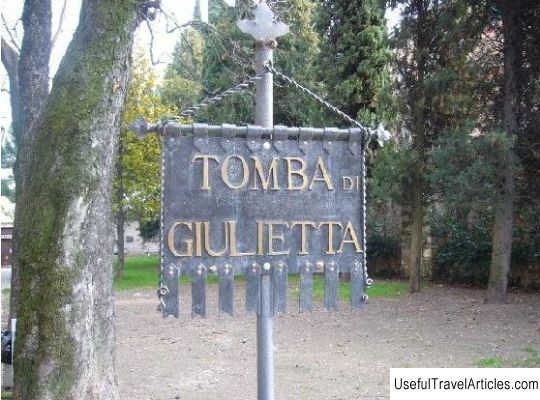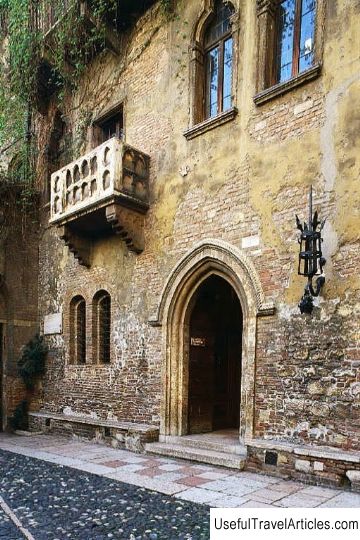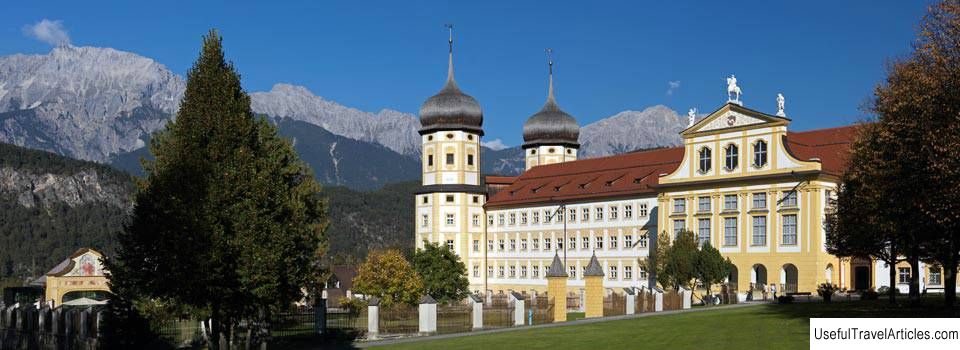Tomb of Juliet (Tomba di Giulietta) description and photos - Italy: Verona
Rating: 8,4/10 (484 votes) 
Juliet's Tomb (Tomba di Giulietta) description and photos - Italy: Verona. Detailed information about the attraction. Description, photographs and a map showing the nearest significant objects. The title in English is Tomba di Giulietta. Photo and descriptionJuliet's Tomb is a 13-14th century red marble sarcophagus located in the crypt of the former Capuchin monastery in Verona. Today it is one of the most popular tourist attractions in the city, to which thousands of lovers from all over the world flock to see the tomb of the heroine of the legendary Shakespeare play. For the first time, mention of the tomb appeared in the story of Luigi da Porto in 1524, who wrote that "one of the crypts of the temple was the ancient burial vault of the entire Cappelletti family, and there lay the beautiful Juliet." Immediately after the publication of this story, a real pilgrimage began to the unnamed sarcophagus, which, at the insistence of the authorities, was stopped only by the middle of the 16th century - the tomb was turned into a container for storing water. For the next two and a half centuries, the sarcophagus was forgotten and abandoned, but in 1807 the novel by Germaine de Stael "Karina" was published, in which the writer casually mentioned Juliet's tomb located in Verona. A new wave of interest in this place has arisen in society, which does not subside to this day. Passionate admirers of Shakespeare and “Romeo and Juliet” chipped pieces of the sarcophagus for memory, and once from its fragments they even made an ornament for Empress Maria-Louise of Austria, the second wife of Napoleon I. This, of course, could not but have a negative effect on the safety of the tomb. In 1868 it was moved from the crypt to the wall of the old church and a portico with arches was erected over it. Three decades later, fragments of antique gravestones and columns were installed nearby, and in 1907 a marble bust of Shakespeare appeared near the portico. Finally, in the second half of the 1930s, when George Cukor's film Romeo and Juliet was released, the sarcophagus was moved inside the church. Soon a mailbox for letters to Juliet was installed there. By the way, the messages did not remain unanswered - they were answered by the caretaker of the monastery complex Ettore Solimani, who initiated the transfer of the tomb. In 1970, a small fresco museum was formed in the church building, and Juliet's tomb itself became a museum piece.     We also recommend reading Zvartnots Cathedral description and photos - Armenia: Yerevan Topic: Tomb of Juliet (Tomba di Giulietta) description and photos - Italy: Verona. |




